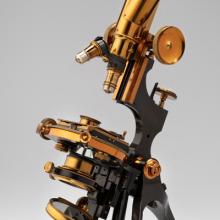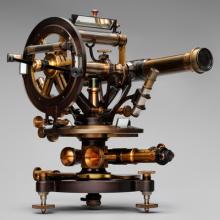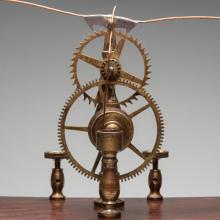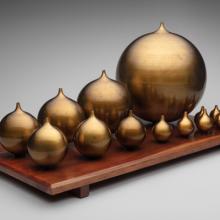Curiosity & Discovery: Antique Scientific Instruments
Curiosity & Discovery: Antique Scientific Instruments
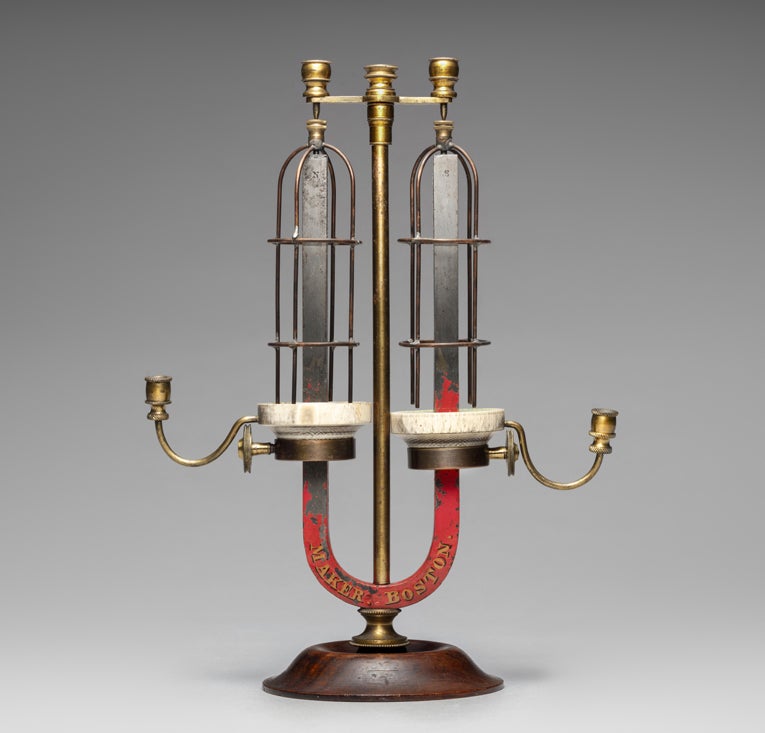 When modern science emerged in the seventeenth century, scientists invented specialized instruments to explore the world and universe in a closer, more logical manner. These intriguing devices facilitated the careful study of almost all facets of life through research and demonstration of ideas and theories. In 1609, Italian astronomer and physicist Galileo Galilei (1564–1642) improved the telescope, a Dutch invention from the year prior. Galilei’s observations solidified the earlier work of Polish astronomer and mathematician Nicolaus Copernicus (1473–1543), who theorized that the Sun was the center of the universe, not Earth. English mathematician, astronomer, and physicist Sir Isaac Newton (1642–1727) is best known for his founding principles of modern physics. Using a combination of lenses and mirrors, Newton also invented a reflecting telescope in 1668, and astronomers still employ his basic design to see into the outer reaches of space.
When modern science emerged in the seventeenth century, scientists invented specialized instruments to explore the world and universe in a closer, more logical manner. These intriguing devices facilitated the careful study of almost all facets of life through research and demonstration of ideas and theories. In 1609, Italian astronomer and physicist Galileo Galilei (1564–1642) improved the telescope, a Dutch invention from the year prior. Galilei’s observations solidified the earlier work of Polish astronomer and mathematician Nicolaus Copernicus (1473–1543), who theorized that the Sun was the center of the universe, not Earth. English mathematician, astronomer, and physicist Sir Isaac Newton (1642–1727) is best known for his founding principles of modern physics. Using a combination of lenses and mirrors, Newton also invented a reflecting telescope in 1668, and astronomers still employ his basic design to see into the outer reaches of space.
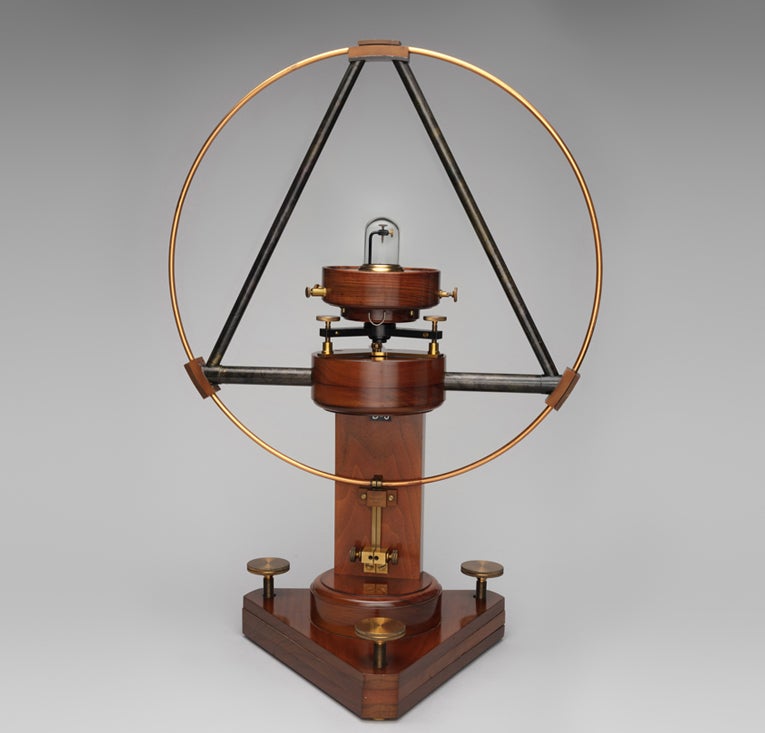
During the nineteenth century, new technologies allowed for precision manufacturing of scientific instruments. An array of devices assisted some of the most brilliant minds on Earth as scientists discovered progressive subjects such as electrodynamics and atomic theory. The practical application of electricity was a triumph of the second half of the century and sparked major advances in science and industry. Even the word “scientist” was coined during this breakthrough era, when English philosopher William Whewell (1794–1866) defined a scientist as someone who was professionally engaged in any of the scientific fields. Science became a popular recreational subject as well in the mid-nineteenth century. Specialty magazines such as Scientific American began publication, encyclopedias included scientific definitions, companies sold entry-level microscopes for the home and hobbyist, and researchers held public lectures on many different aspects of science. This exhibition features a selection of rare mid-nineteenth to early-twentieth-century instruments from a variety of scientific fields.
A very special thank you to Mark McElyea for making this exhibition possible.
[image top]
Revolving wire frame c. 1840–50
Daniel Davis, Jr.
Boston
iron, copper, brass, ivory, paint, wood
Courtesy of Mark McElyea
L2021.1301.002
[image bottom right]
Galvanometer / tangent galvanometer c. 1910
Hartman & Braun | Frankfurt
George Webber | Zurich
copper, brass, lacquer, iron, wire, glass, mahogany
Courtesy of Mark McElyea
L2021.1301.021a–b
©2021 by San Francisco Airport Commission. All rights reserved.
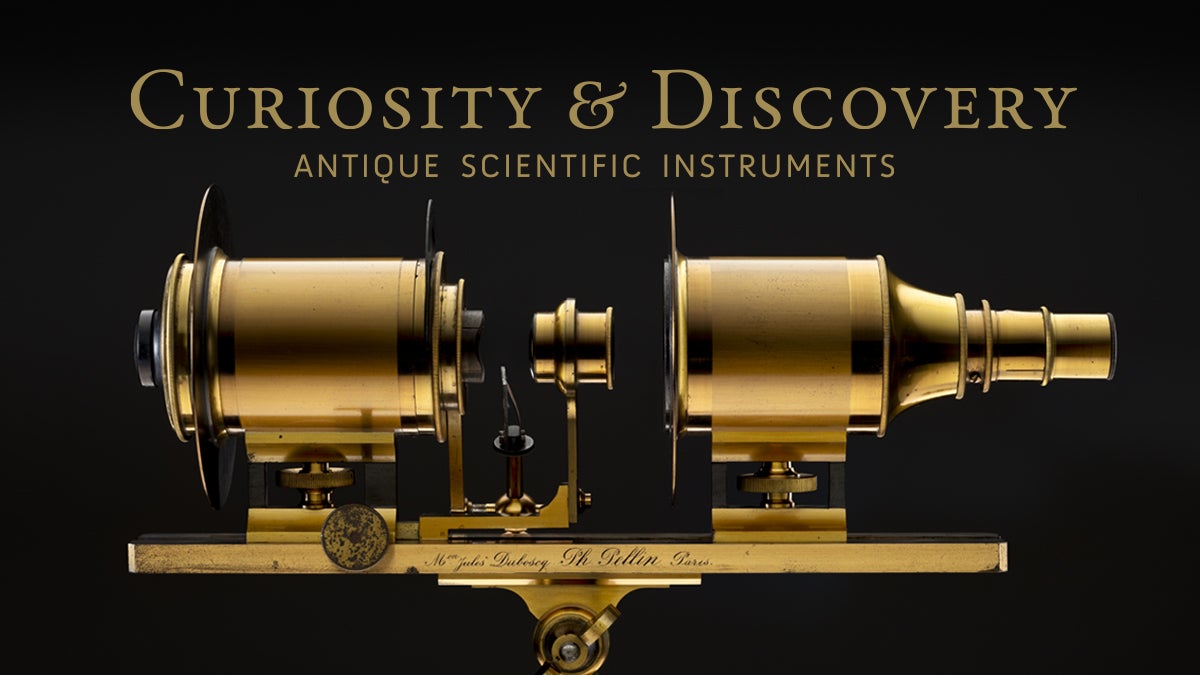
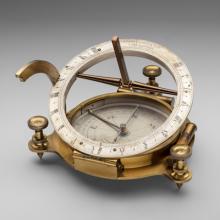
![Geissler tube rotator [with modern tube] late 19th century](/sites/default/files/styles/medium/public/02_scientific_instruments_0.jpg?itok=ct4r7dW6)
